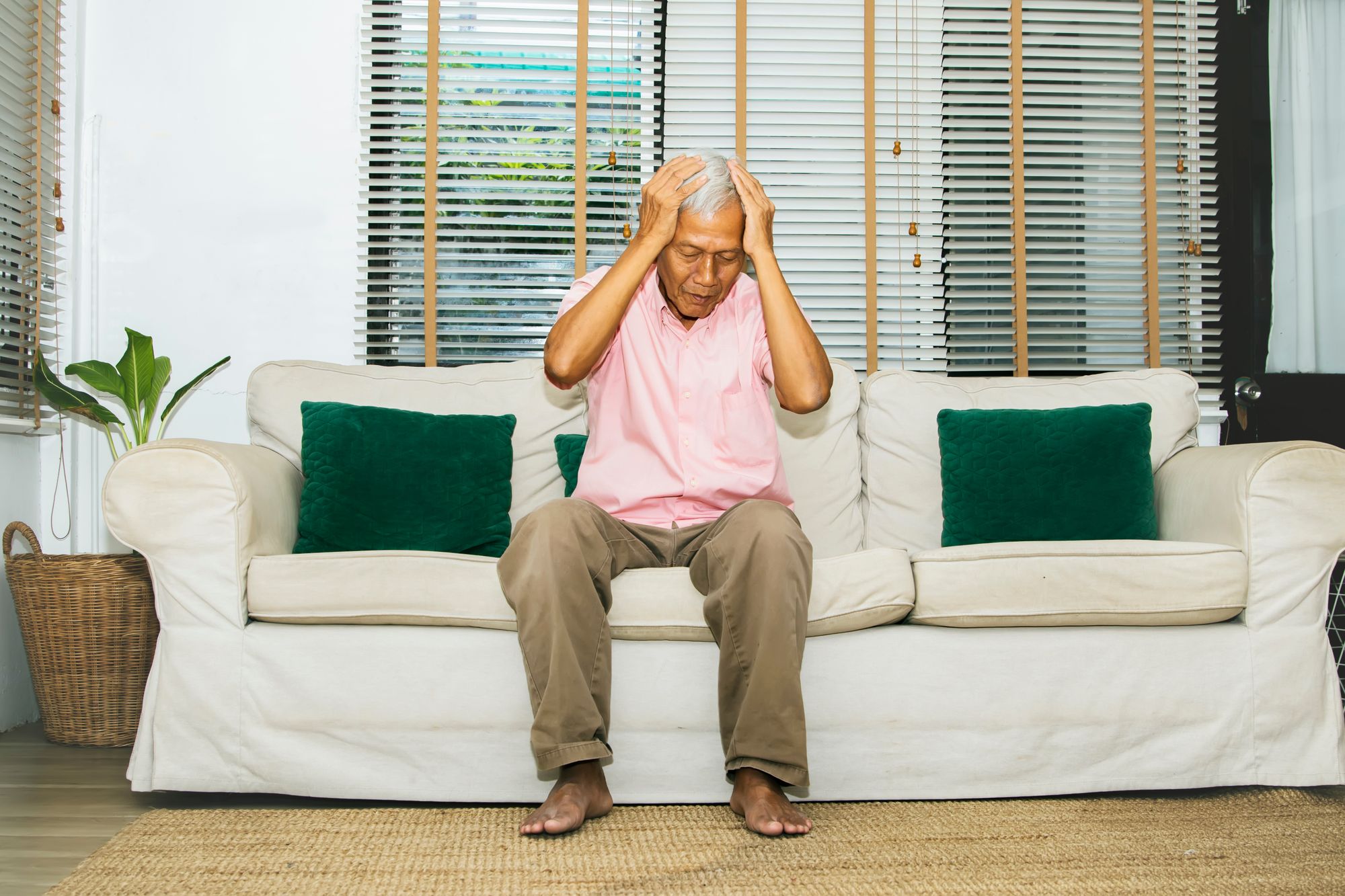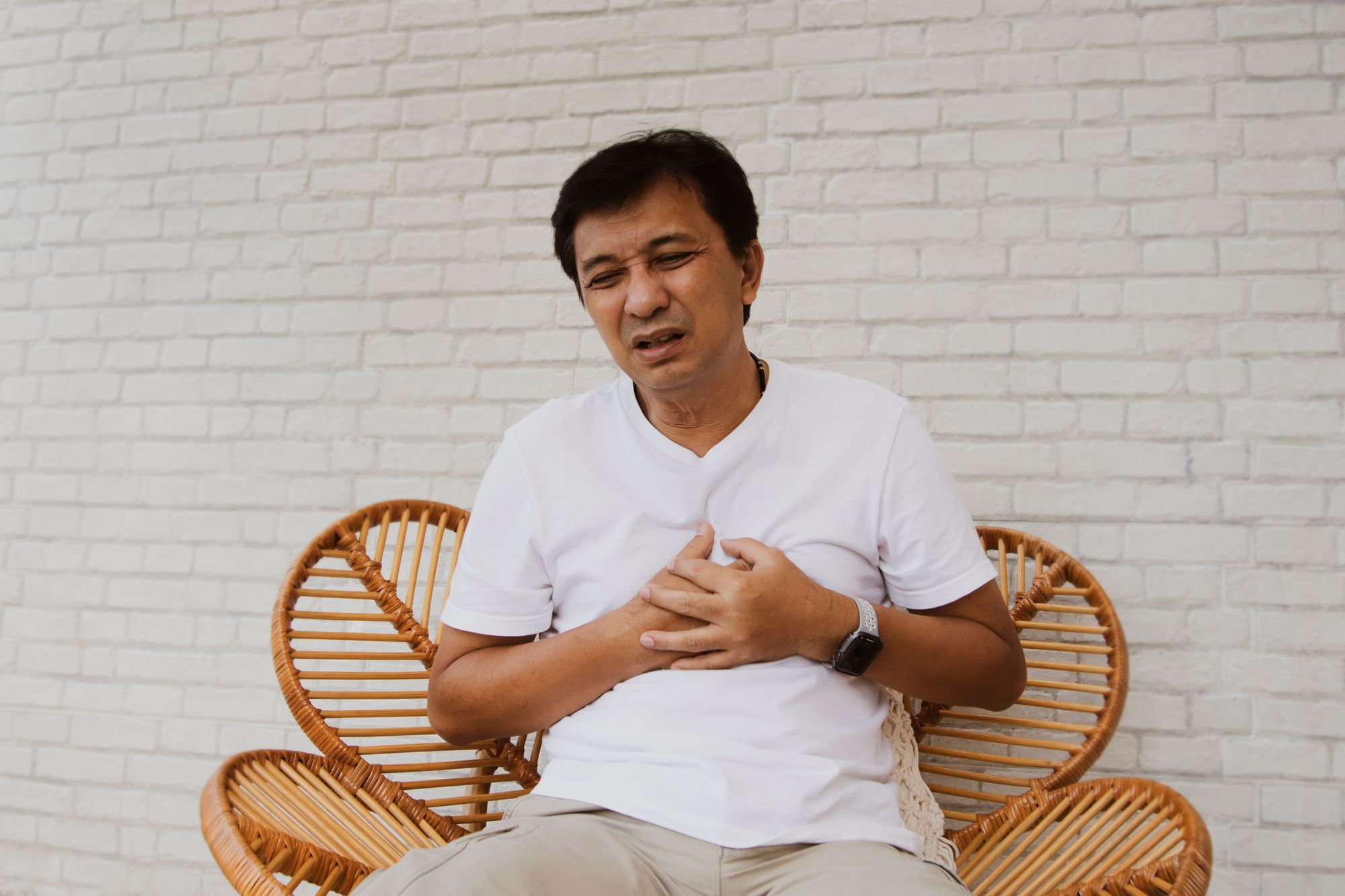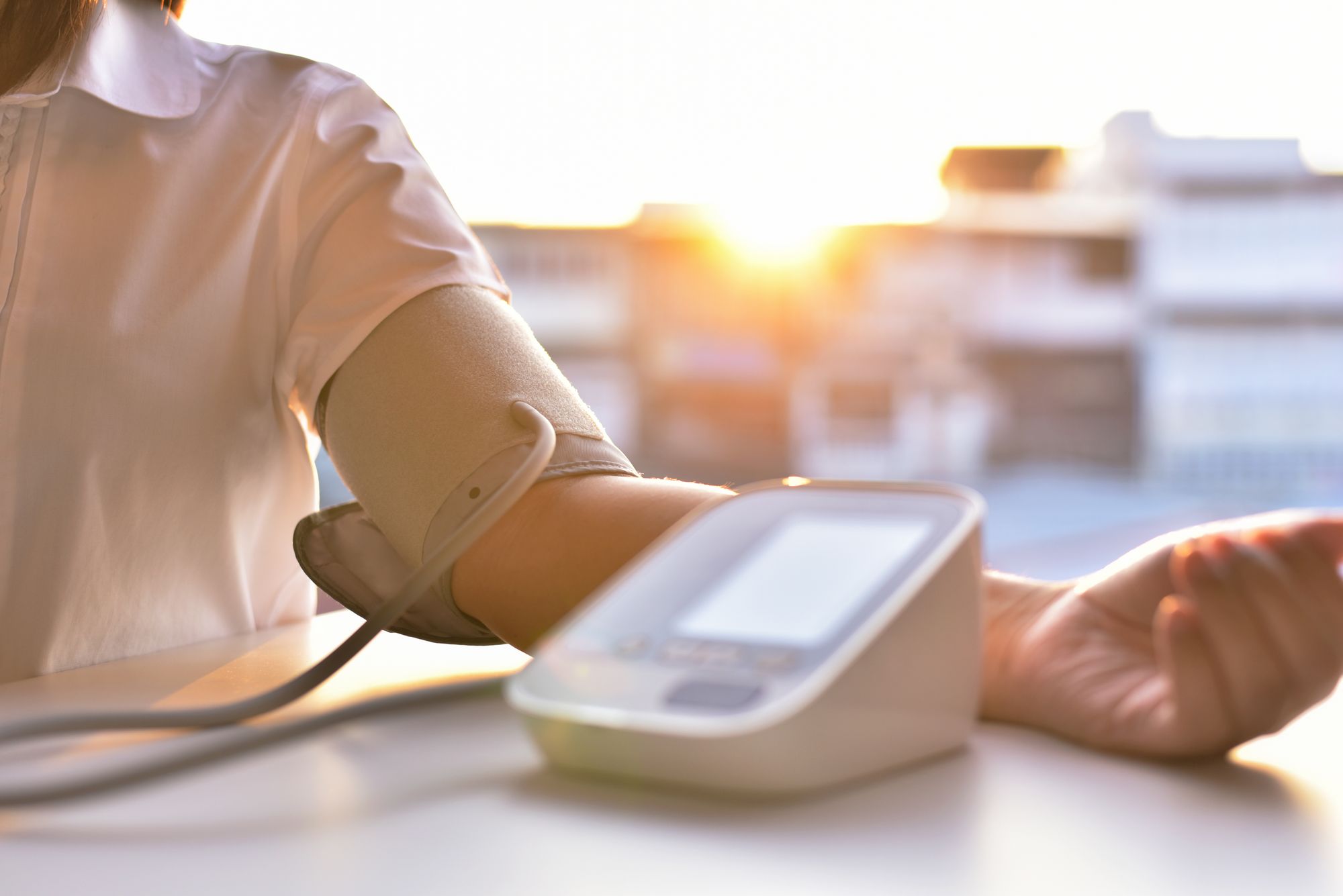Although silent strokes do not exhibit any symptoms, they can still cause severe damage and even death. The Cardiovascular Institute of the South emphasizes that "The damage caused to the brain can result in significant cognitive decline or even death. It may also lead to vascular dementia. The damage that happens is permanent, but through therapy and healthy habits, stroke survivors may be able to reduce the effects and prevent future strokes." According to the American Heart Association, "Silent strokes are much more prevalent than those that present with classic symptoms like face drooping, arm weakness, and speech difficulties and affect nearly 800,000 Americans annually." Eat This, Not That! Health spoke with Dr. Jacob Hascalovici MD, PhD, the Clearing Chief Medical Officer, who provides insight into silent strokes, who is at risk, and preventive measures. It is always advisable to consult a medical professional for personalized advice.
1) What to Know About Silent Strokes

Dr. Hascalovici stresses the importance of recognizing that the effects of silent strokes can be long-lasting and potentially permanent. "Silent strokes are more common than people realize and can cause clumsiness, coordination issues, and cognitive problems. Prevention is key to avoiding a silent stroke, and this can be achieved through regular exercise, a balanced low-fat diet like the Mediterranean diet, and stress reduction."
2) Silent Stroke Risk Factors

According to Dr. Hascalovici, silent strokes do not present any noticeable symptoms but can still pose significant danger. Certain factors, including high blood pressure, diabetes, heart disease, and smoking, can increase the risk of experiencing a silent stroke.
3) How to Tell If You've Had a Silent Stroke

Dr. Hascalovici emphasizes the lack of obvious signs that a silent stroke has occurred, making it a dangerous occurrence. However, symptoms such as difficulty with balance, fainting, cognitive impairment, memory loss, loss of muscle control, and vision or speech problems may be present. Abnormal clumsiness or difficulty walking can also serve as potential indicators of a silent stroke. Dr. Hascalovici advises individuals to seek medical attention if any of these symptoms are noticed, and recommends discussing the possibility of brain scans to detect any potential damage caused by a silent stroke.
4) Stroke with Symptoms Can Happen After a Silent Stroke

Dr. Hascalovici cautions that a stroke can often be immediately followed by noticeable signs, such as facial drooping, significant weakness on one side of the body, and difficulties speaking clearly, including slurred or nonsensical speech. If these signs are noticed, Dr. Hascalovici advises individuals to seek medical assistance immediately.
5) How to Help Prevent a Silent Stroke
Dr. Hascalovici advises that maintaining normal blood pressure is crucial in preventing strokes. This can be achieved by following a healthy, low-inflammation diet, maintaining a healthy weight, and engaging in regular exercise at least five times a week. It's also essential to schedule regular blood pressure checks and to avoid or reduce smoking and alcohol consumption.
6) Causes of a Silent Stroke

Dr. Hascalovici explains that a silent stroke occurs when a blood clot obstructs the blood flow in a blood vessel in the brain. The brain areas that do not receive regular blood flow can quickly die off, resulting in serious and sometimes permanent health consequences.

